There’s nothing quite like coming in from the cold and snuggling up in front of a warm fire. Unfortunately, if your gas fireplace is having trouble starting, that cozy experience can be hard to come by. If your gas fireplace doesn’t light up when you turn on the switch, don’t panic! It’s probably a problem with the ignition system, and it can be fixed fairly easily.
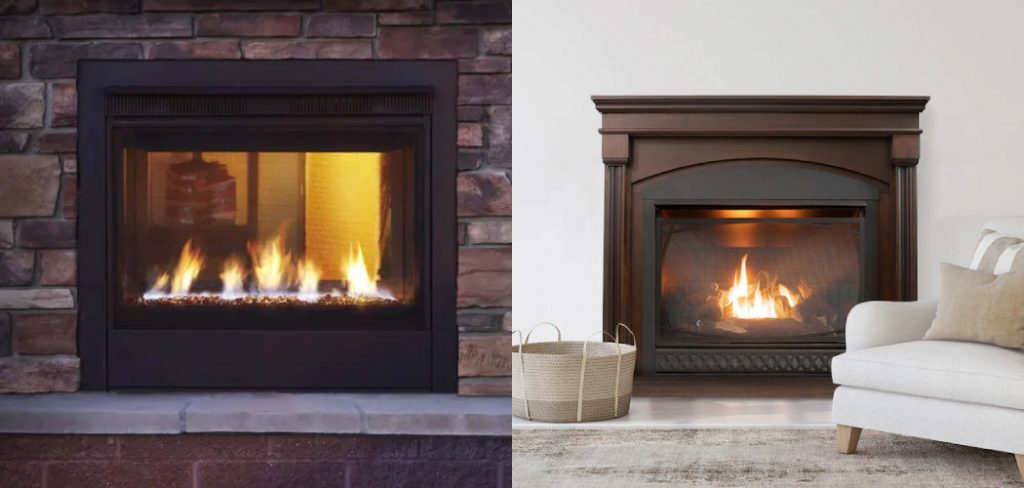
But don’t worry, we’re here to help! In this blog post, we’ll show you how to fix delayed ignition on gas fireplace. So read on for tips and tricks to keep your fireplace up and running in no time!
Summary: If your gas fireplace has a delayed ignition, it is likely caused by an issue with one of the components in the ignition sequence. To fix this problem, you’ll need to check and ensure each part is working properly. Ensure that your gas line and pilot are in good working order, then check for any blockages or obstructions. Inspect the igniter assembly and make sure it’s seated correctly.
What Causes Delayed Ignition on Gas Fireplace?
Many factors can cause delayed ignition on your gas fireplace. The most common culprits are a dirty or clogged burner, a problem with the pilot light, or a problem with the thermocouple. Other common reasons include a blockage in the flue, incorrect gas pressure, or a problem with the control valve. Some people face this problem because their gas fireplace is too cold.
9 Steps to Fix Delayed Ignition on Gas Fireplace
Step 1: Check the Power Supply
The first thing you’ll want to do is check to make sure that your gas fireplace is appropriately plugged in and that there is a power source supplying electricity to it. If you have a battery backup, ensure it has power and is functioning properly. Also, check the circuit breaker to see if it has been tripped.
Step 2: Inspect the Gas Line
If your gas fireplace is not receiving any gas, then it will not be able to produce a flame. You’ll need to inspect the gas line to ensure it is properly connected and has no leaks. If you find a leak, you’ll need to repair it before proceeding.
Step 3: Clean the Burners
If the burner on your gas fireplace is dirty, it can cause an ignition delay. Use a brush or vacuum cleaner to clean any debris from the burner. Then, use a damp cloth to wipe it down. You can also use a commercial cleaner designed for gas fireplaces.
Step 4: Inspect the Pilot Light
If your gas fireplace has a pilot light, inspect it to ensure it is lit. First, inspect the igniter to see if it is working properly. If the igniter is not working, you’ll need to replace it. If the igniter is working but the pilot light is not lit, you’ll need to light it manually. Once the pilot light is lit, observe it for a few minutes to ensure it stays lit.
Step 5: Inspect the Thermocouple
The thermocouple is a safety device that shuts off the gas flow to the fireplace if the pilot light goes out. Inspect the thermocouple to make sure that it is not damaged and that it is appropriately positioned. If the thermocouple is damaged, you’ll need to replace it. If it is not set properly, you’ll need to adjust it.
Step 6: Inspect the Gas Valve
The gas valve controls the flow of gas to the fireplace. Inspect the gas valve to ensure it is in the “on” position. If it is not, turn it to the “on” position and wait a few minutes to see if the fireplace ignites. Ensure the knob is turned slowly to the “on” position.
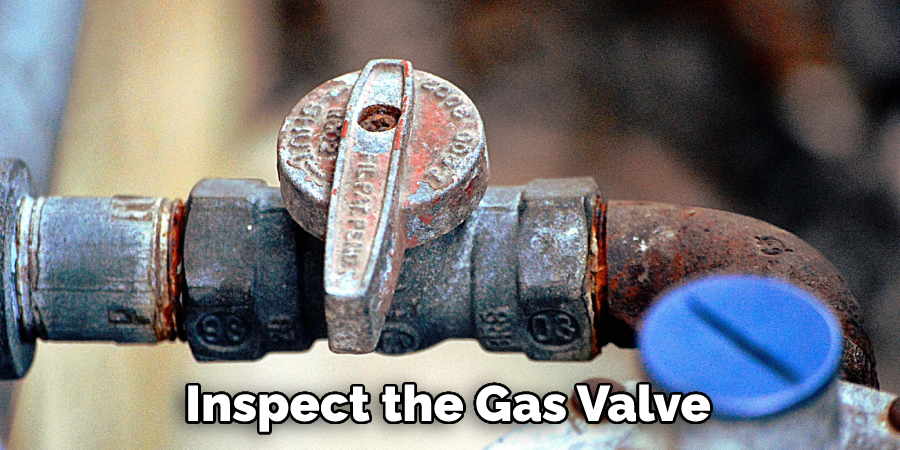
Step 7: Press the Reset Button
If your gas fireplace has a reset button, press it and wait a few minutes to see if the fireplace ignites. You better call a technician if the fireplace doesn’t ignite after pushing the reset button. Otherwise, you’ll need to replace the switch.
Step 8: Check for Obstructions
If there is an obstruction in the flue or chimney, it can cause an ignition delay. Inspect the flue and chimney to ensure they are clear of any obstructions. If you find an obstacle, you’ll need to remove it before proceeding.
Step 9: Replace the Batteries
If your gas fireplace uses batteries, check to see if they need to be replaced. If the batteries are old or dead, they need to be replaced. You can go for a 9-volt battery or the lithium CR2032 3-volt button cell. Nowadays, the CR2032 3-volt button cell batteries are used in most of gas fireplaces.
If you’ve followed all of the steps above and your gas fireplace still won’t ignite, then you’ll need to call a technician. They will be able to diagnose the problem and make the necessary repairs.
What Are the Most Effective Ways to Fix Delayed Ignition on Gas Fireplace?
If you have a gas fireplace that is giving you trouble with delayed ignition, there are a few things that you can do to fix the problem. Here are some of the most effective ways to fix delayed ignition on gas fireplaces:
1. One of the most common reasons for delayed ignition on gas fireplaces is a lack of gas supply. Ensure that the gas valve is turned on and that there is enough gas in the line. If you’re unsure how to do this, you can always contact your local gas company for assistance.
2. Another common reason for delayed ignition is a dirty or clogged burner. If this is the case, you’ll need to clean the burner using a stiff brush and some soapy water. Once you’ve cleaned the burner, ensure you’re lighting it adequately.
3. If your fireplace still won’t ignite, it’s possible that the pilot light is out. In this case, you’ll need to relight the pilot light according to the manufacturer’s instructions.
4. If none of these ways work, it’s possible that there is a more serious problem with your fireplace. In this case, you’ll need to contact a professional for assistance.
By following these ways, you should be able to fix the problem of delayed ignition on your gas fireplace.
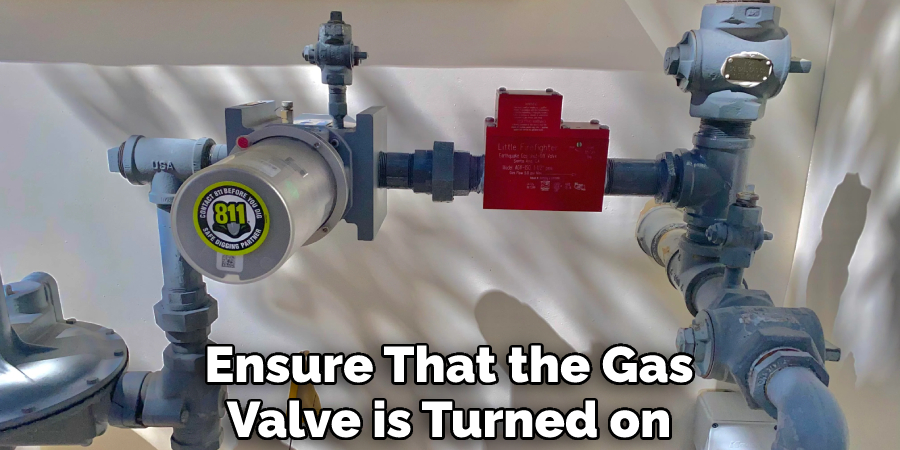
Safety Tips to Fix Delayed Ignition on Gas Fireplace
1. Never use an open flame to ignite your gas fireplace.
2. If you smell gas, stop using your fireplace immediately and call a certified technician to inspect it.
3. Ensure the area around your fireplace is clear of flammable materials before igniting it.
4. Keep a fire extinguisher close to your fireplace in an emergency.
5. Never leave your gas fireplace unattended while it is lit.
6. Make sure the damper is open before igniting your gas fireplace.
7. Close the damper when you are finished using your fireplace to prevent heat loss and conserve energy.
8. Regularly inspect and clean your gas fireplace to prevent potential hazards.
9. Do not use your gas fireplace if it is not working properly. Call a certified technician to fix it before using it again.
10. Follow the manufacturer’s instructions when using your gas fireplace.
Use caution when igniting your gas fireplace, and never force it to light. If it does not light after a few attempts, stop and call a certified technician.
How Do You Clean a Thermocouple on a Gas Fireplace?
If you have a gas fireplace, you know they are a great way to keep your home warm and cozy. However, if your gas fireplace is not working properly, it can be very frustrating. One of the most common issues with gas fireplaces is delayed ignition. If you find that your gas fireplace is taking longer than usual to light, there are a few things that you can do to fix the problem.
One of the first things that you should check is the thermocouple. The thermocouple is a safety device that is located near the gas valve. It is used to sense when the pilot light is lit and then shut off the gas flow if it senses that the pilot light has gone out. Over time, the thermocouple can become dirty and corroded. This can cause it not to work properly.
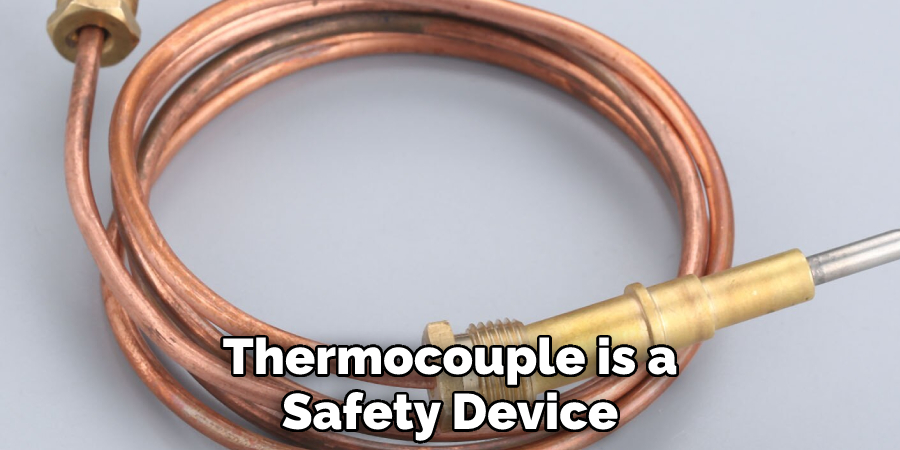
To clean the thermocouple, you will need to turn off the gas to the fireplace and then remove the thermocouple from the gas valve. Use a wire brush to clean any dirt or debris from the thermocouple. Once you have cleaned the thermocouple, you can then reattach it to the gas valve and turn the gas back on.
How Do I Know if My Thermocouple is Bad on My Gas Fireplace?
If your gas fireplace is having issues with the delayed ignition, it could indicate that your thermocouple is bad. The thermocouple is a safety feature on gas fireplaces that helps to regulate the flow of gas. If the thermocouple senses that the gas flow is not working properly, it will shut off the gas to prevent a fire or explosion.
There are a few ways to test if your thermocouple is bad:
First, turn on the gas to your fireplace and try to ignition. If the igniter clicks but the gas doesn’t flow, this could be a sign that the thermocouple is bad.
If you can see the flame, check if it is a consistent blue color. If the flame is yellow or orange, this could also be a sign of a bad thermocouple.
Replacing a thermocouple is a relatively easy task that you can do yourself.
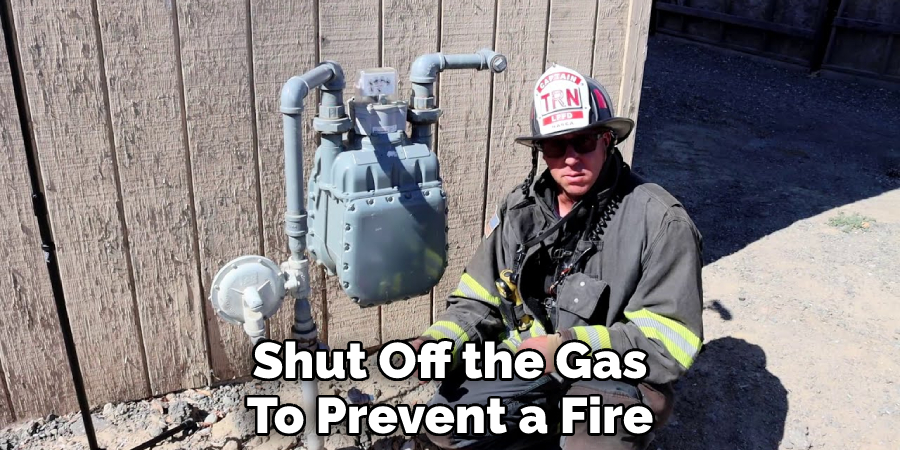
Conclusion
So, if you’re experiencing delayed ignition on your gas fireplace, don’t despair. There are a few things you can do to troubleshoot the issue and, hopefully, get your fireplace up and running again.
We hope this article on how to fix delayed ignition on gas fireplace has been helpful. As always, feel free to contact us if you have any questions or need assistance with anything related to gas fireplaces!
